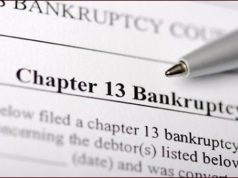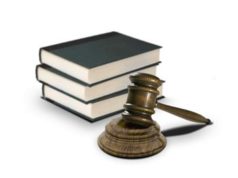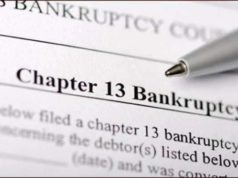
While it may seem a lot of Chapter 13 information may be put in the context of “Chapter 7 vs. Chapter 13” as a simple exercise in compare-and-contrast, there is realistically a historical basis to this relationship. Especially in the eyes of bankruptcy applicants, a key deciding factor in the Chapter 7 vs. Chapter 13 dynamic is the ability to safeguard certain properties in the reconciliation of debt.
To be fair, Chapter 7 does permit the exemption of specific types of monies/assets from liquidation by creditors, including but not limited to animals as pets, disability/unemployment benefits, personal injury awards, Social Security, and vehicles. However, notably absent in this short list is the very home in which a person/couple/family lives. At least temporarily, filing for Chapter 13 instead of Chapter 7 will give the debtor a better opportunity to avoid foreclosure.
As far as the courts are concerned, a critical piece of Chapter 13 information may be the basis of a petitioner’s income and expenses. It should be reiterated that, though Chapter 7 is employed much more often for individuals than companies, the option is nonetheless open for the latter and comes in a sort of business-oriented tint.
Consequently, in the “means test” that is employed in some bankruptcy cases, the Chapter 7 vs. Chapter 13 consideration might manifest itself in the court’s decision of whether or not to convert a case from one to the other. Regarding the transfer of proceedings from a Chapter 7 to Chapter 13 sphere of influence, if the majority of a debtor’s expenses are consumer-based, the court may find such conversion is warranted.
Another bit of Chapter 13 information that is of interest to the courts and to debtors alike is that of what debts may be discharged.





















